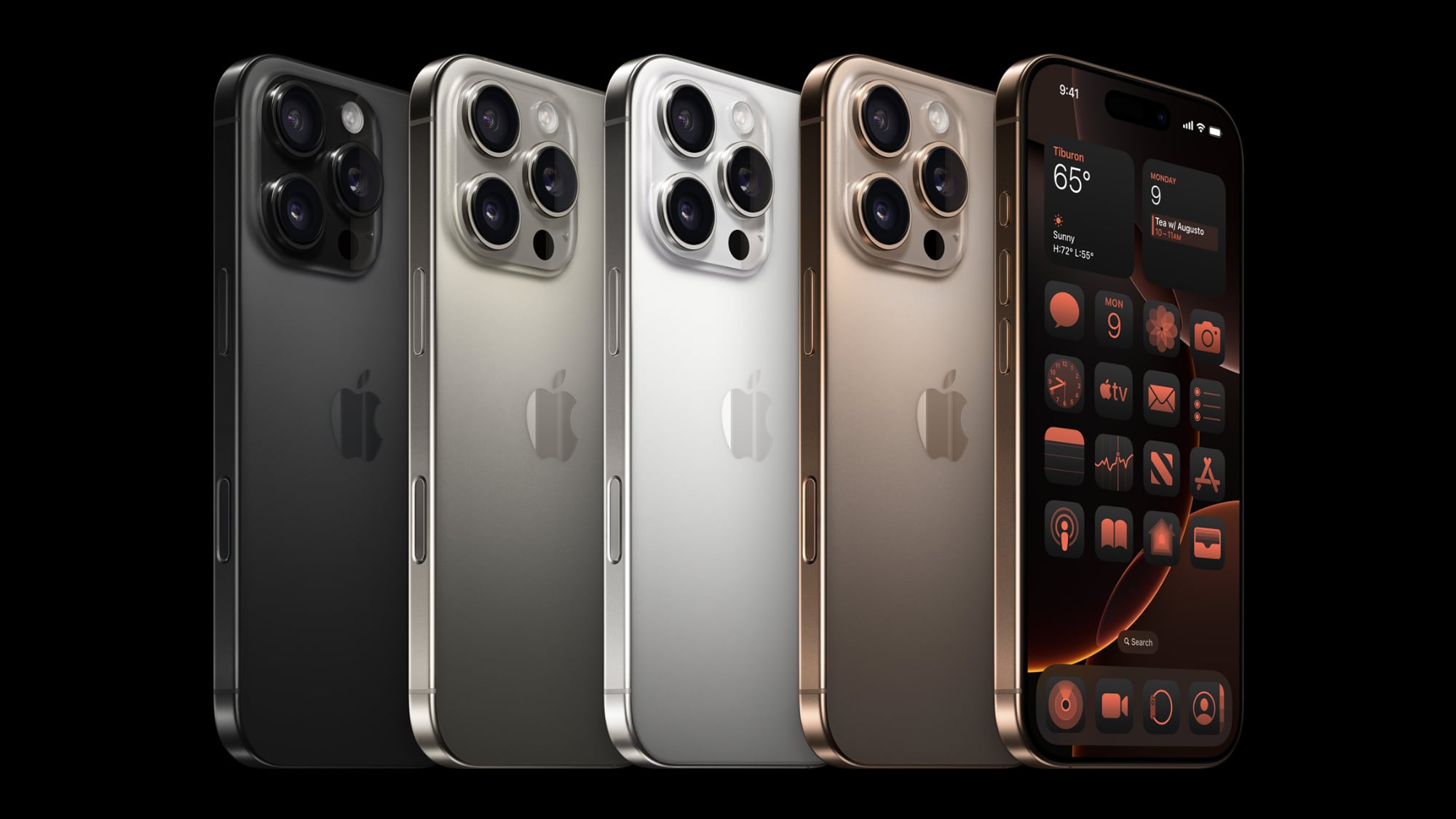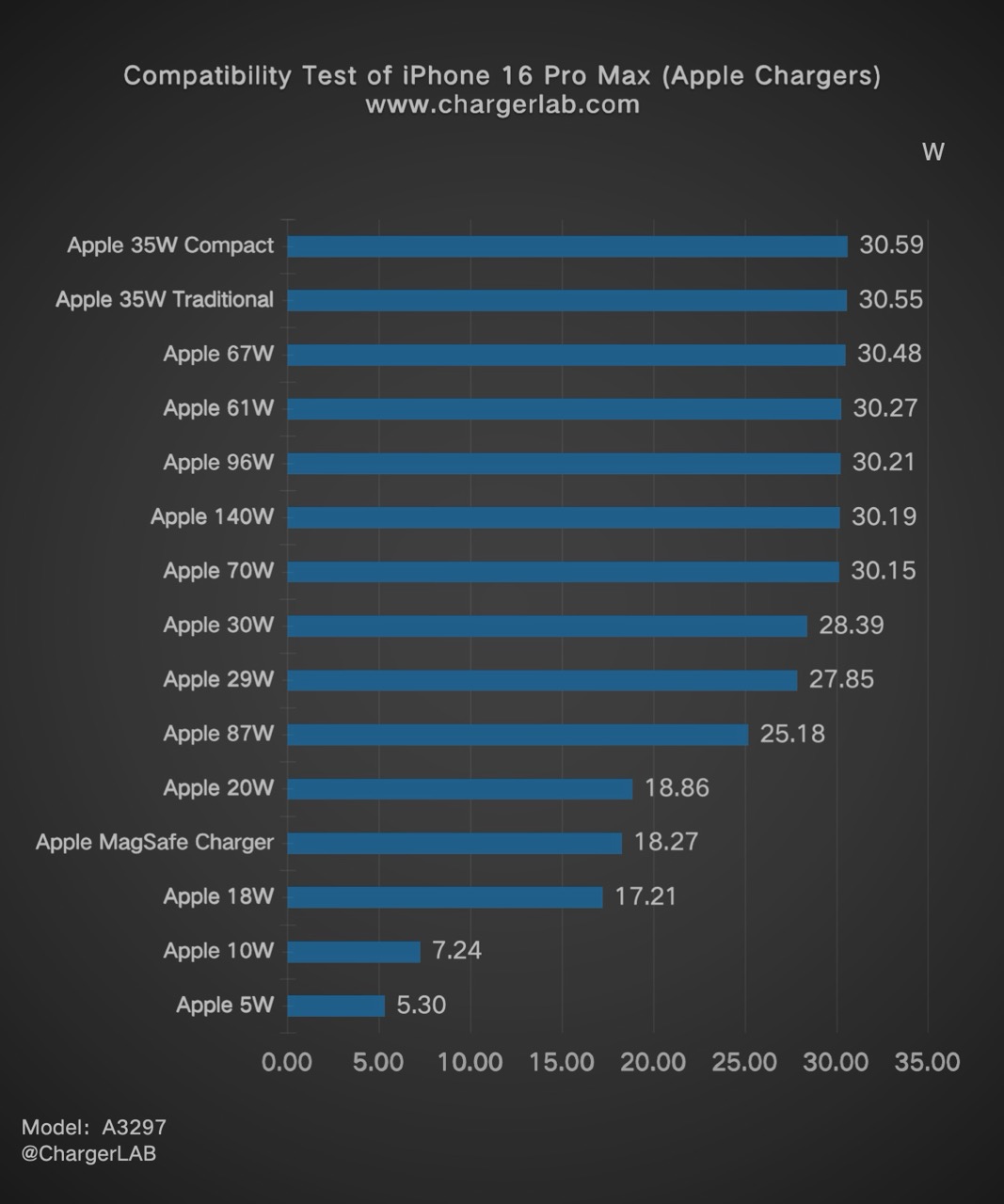Something that seems to be getting lost in all of this talk is that, even if 45W is disabled in software, that does not mean the phone doesn't have the hardware to support it.
also, phones only usually charge at their highest rated number when they are:
1: below 20%
2: are in a very cold environment or are cold due to not being used.
the second you start heating the phone up, either by continuing to charge it or begining to use it while it charges, the wattage goes down fast.
Chris Niccolls of PetaPixel is the only one that seems to have gotten this right. In his review, he said that max charging rate is about 30W but the phone can exceed this number if more power is required for other concurrent uses.
on one hand you have people that say the charging can’t be at its fastest speeds when the phone is in use or heating up, and then in the same thread you have other people saying that the fastest charging only kicks in specifically when the phone IS doing other demanding things
Nobody can get their story straight on this and part of the blame lies with Apple who is never transparent about how these things actually work.




